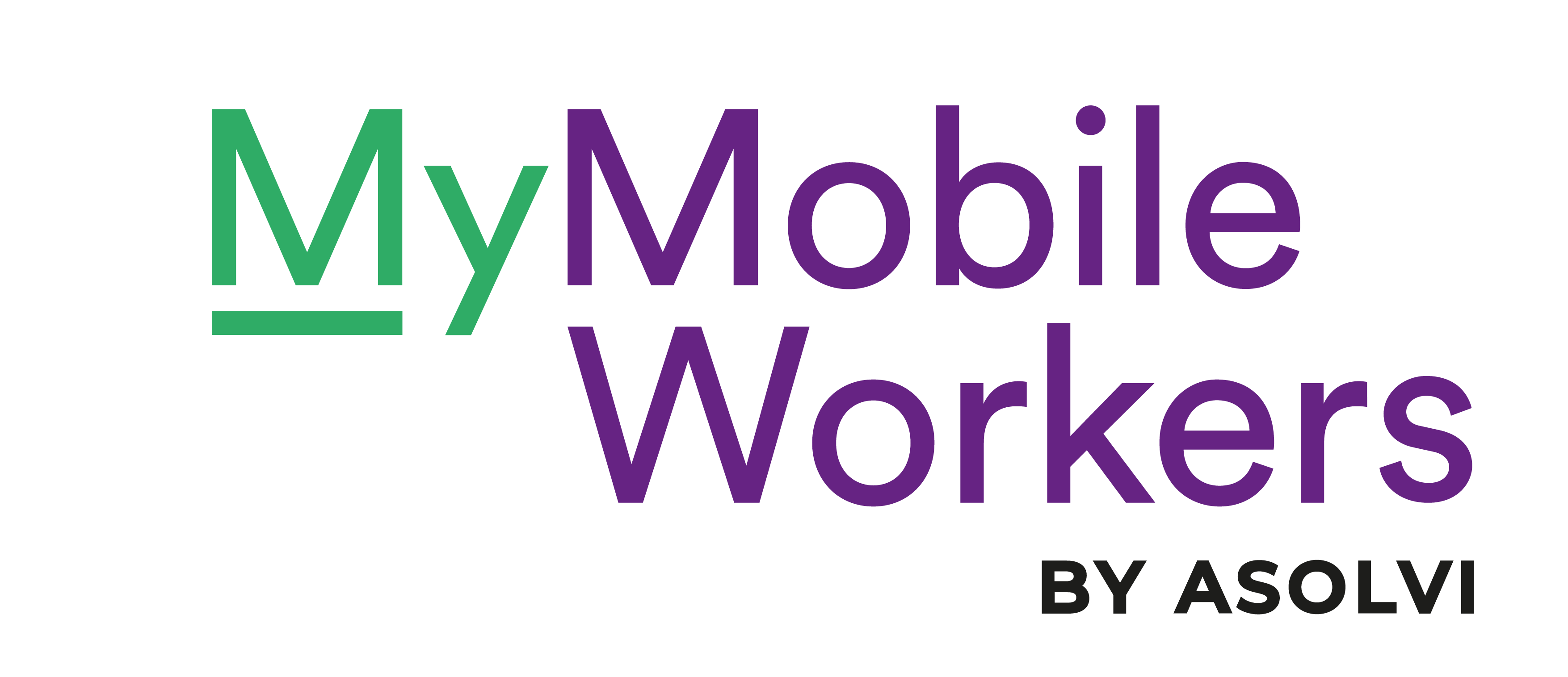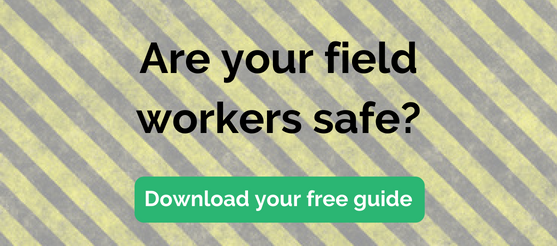Having a written health and safety plan is a legal requirement for any organisation with five or more employees.

This is a document which sets out your company’s general approach to safety. It outlines the safety processes you have in place and who’s responsible for each of them.
It’s a document that shows that you have identified the typical risks posed to your mobile workers and have taken ‘reasonably practicable’ steps to minimise and control them.
So it’s a crucial element of safety management to get right. It’s particularly challenging for a mobile workforce where employees aren’t operating in a fixed, controllable environment.
It’s a task that can at first seem daunting but with an understanding of what the HSE is looking for, creating an effective plan can be a straightforward process.
So where do you start?
Before you can document a plan, you first need to create one. This requires carrying out a risk assessment of your operation - identifying potential hazards and ways to control them.
This doesn’t need to be exhaustive, you don’t need reams of paperwork or try to cover every eventuality. It’s just a sensible and common-sense look at the main risks and how you can minimise or eliminate them.
This should take into account the typical dangers faced by employees in the various environments they’re required to work. Some examples would be:
- How do you make sure that vehicles and equipment are safe?
- How do mobile workers assess the risks in each new location?
- If they are lone workers, what happens if they have an accident?
- What controls do you have to avoid excessive levels of stress?
It’s identifying these risks and the processes that you put in place to control them that creates your safety policy. More guidance on carrying out risk assessments can be found here.
Creating a health and safety plan document
The Health and Safety Executive provide guidelines on what the content and format of a plan should be. They also have an example template document to use as a guide here.
The document should be divided into three parts:
- Statement of intent
- Responsibilities for health and safety
- Arrangement for health and safety
Part One: Statement of intent
This sets out your company’s general policy towards health and safety. What are you trying to achieve and what commitments do you make to ensuring the wellbeing of your workers?
It should be a simple, concise and clear statement. This section will typically be signed and dated by the most senior person within the organisation. Statements are often displayed in a public area.
Part Two: Responsibilities for health and safety
This sets out the names, positions and roles within your company of those people who have particular responsibility for managing and maintaining your plan.
In smaller organisations, this will typically be a simple list. For larger companies, a chart is often used to show the hierarchy of roles and responsibilities.
If a role or the person holding it changes, the information needs to be updated. Care should be taken to avoid overlapping responsibilities and the blurring of command structures.
Part Three: Arrangement for health and safety
This section details the practical systems and procedures you have in place to control the risks that were identified in the risk assessment. For a mobile workforce, this will cover areas such as:
- Safety training - how do you communicate and maintain policy?
- Risk assessment - how do mobile workers monitor risks?
- Accident reporting - how are issues documented and investigated?
- Equipment checks - how do you ensure the correct tools and kit?
- Vehicle checks - how do you monitor the condition of vehicles?
- Driving policy - how do you monitor/maintain safe driving?
- Health and wellbeing - how do you ensure workers are fit to work?
- Consultation process - how do you receive safety feedback from employees?
- Monitoring process - how do you check protocols are being followed?
These safety procedures need to be specific to your business and the day-to-day activities of your workers.
There are no rules about how much information you should include but the overall aim is to create a clear and simple document, something that’s easy to communicate and understand.
Each arrangement needs to set outline the procedure in place and who has responsibility for managing it. The list is likely to evolve over time to reflect changes in work processes or any refinements to your safety policy.
Integration with digital tools
One of the challenges with a health and safety plan is how do communicate the information to your workers? It’s really hard to get employees to read and fully absorb written documentation, especially if it’s about safety protocols.
Regular training sessions are important and there’s a growing use of more accessible forms of communication - such as videos and interactive presentations.
The real game-changer, however, has been the integration of safety plans with mobile workforce management systems. This allows the various checks and processes outlined to become real-time processes for fieldworkers.
Task-specific safety policy reminders and checks can be delivered in real-time via handheld devices and on-screen notifications. Access to accurate data also improves the way managers can track the effectiveness of safety processes.
Find more about how MyMobileWorkers transforms the way that health and safety can be managed, monitored and enforced.
Are you doing enough to keep your road workers safe? Find out in our free guide.
Image by Wokandapix from Pixabay


